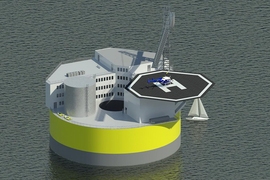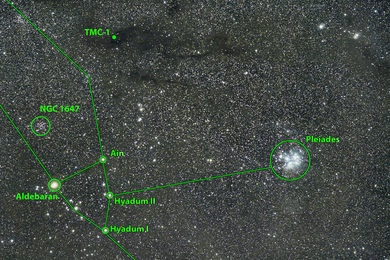A team led by Jacopo Buongiorno, an associate professor of nuclear science and engineering at MIT, in collaboration with researchers from the University of Wisconsin and the Chicago Bridge and Iron Company, is developing a new concept for an offshore nuclear power plant on a floating platform, much like the ones commonly used for oil and gas production.
The concept proposes a plant that can be built in a shipyard and towed on a floating platform to a site where it can be anchored a few miles off the coast in relatively deep water. There, it can be connected to the grid via an underwater transmission line. The plant would be unaffected by earthquakes and would also “ride out” tsunamis, which have low wave heights in deep water.
In addition to centralized construction these plants would provide easier siting and enhanced safety: Proximity to the ocean heat sink assures that reactor cooling can be maintained reliably and without external intervention, even during hypothetical accidents.
The group has launched an MIT wiki webpage to crowdsource design ideas for the new nuclear plant concept. The webpage describes the current design along with areas the researchers would like to address through crowdsourcing. These areas include any aspect of the design, strategies for dealing with ship collisions and possible underwater attacks, and proposals for any aspect that may not have been addressed by the current concept.
The group has announced a call for proposals and is encouraging students to contribute individually or in teams, and is offering prizes for winning ideas.









